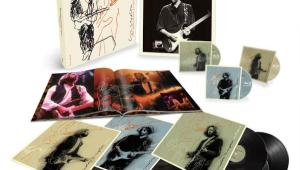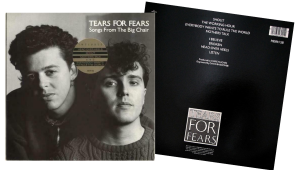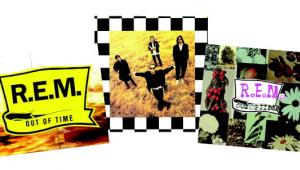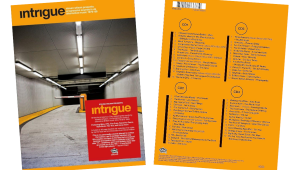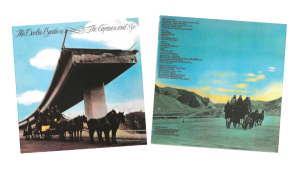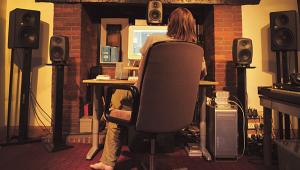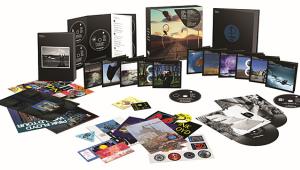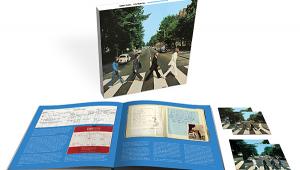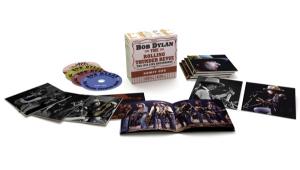The Mahler Symphonies on SACD — and Vinyl LP Page 2

I asked SFS general manager John Kieser in late May about the origin and the status of the vinyl box (shown above).
Robert Ripps: How was the decision to release the vinyl set arrived at?
John Kieser: It was an idea that came from articles I read about the resurgence of vinyl and how it was the only audio format that was experiencing growth. I have always been a fan of vinyl and still play a lot of it at home. I personally think it still sounds better than any digital format. After some very careful research, we decided that there was a small market for this product — but only if it were mastered and manufactured at the highest standards and in a Limited Edition.
RR: You have solicited preorders for the LP set. How has the response been?
JK: We are manufacturing 500 numbered sets, with preorders for nearly all of them, so we think that’s pretty good for such a substantial, high-end product. I bought one!
RR: Any plans for future LP releases?
JK: Possibly. We’ll be monitoring the reaction to this set.
In addition, SFS Media audio producer and engineer Jack Vad shared with me his thoughts on vinyl:
I grew up in Los Angeles, and the first person I ever worked with was a mastering engineer named Kevin Gray — and 25 years later, he winds up mastering the vinyl project for us. So I go down to L.A. to supervise some test cuts, so that we can get an idea of what, if anything, needs to be done — because obviously the DSD material, when it comes off an SACD, doesn’t have some of the issues that happen in the vinyl world. We really didn’t have to do much, but we did have to adjust a few things here and there, just to make them cuttable.
When we got the test pressings, John Kieser and I met to start comparing them with the SACDs. I don’t want to say that one format is better than the other . . . but I will say that, first, I was shocked that there was a difference, and second, I can totally understand now why some people prefer vinyl. It does things that tend to beautify, in a way, and it does things that can be very pleasing.
I’m not going to even entertain discussion about which is more accurate. As far as I’m concerned, accuracy doesn’t exist the moment you put up a microphone. But I will say — and I never would have said this a year ago — that there’s a valid purpose for doing something like this. It’s different, and it really is a beautiful way to deliver music.
- Log in or register to post comments

